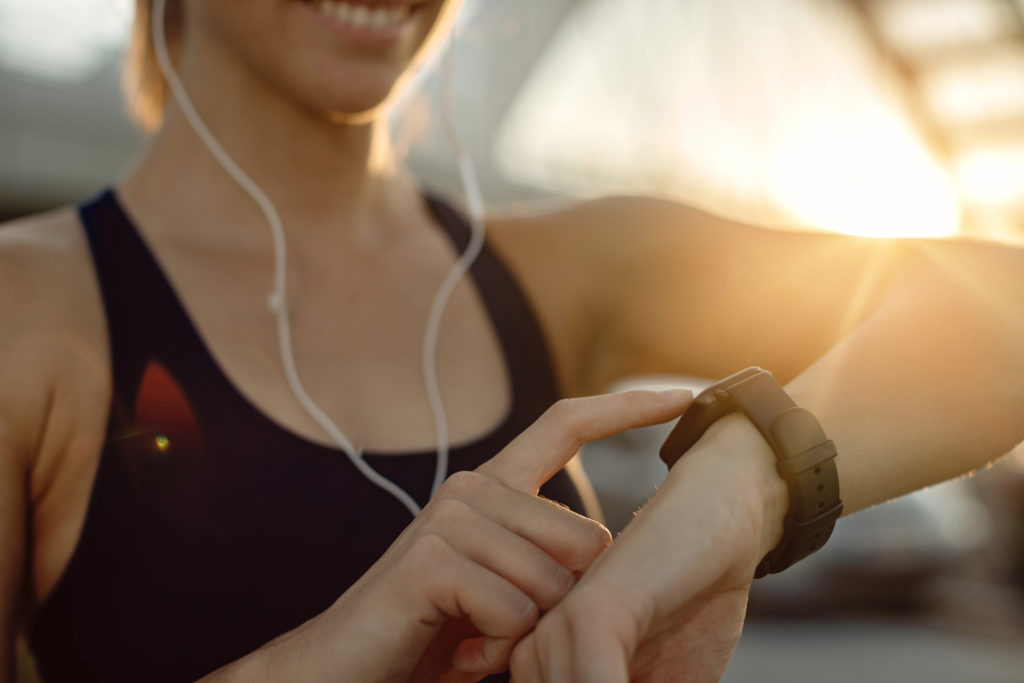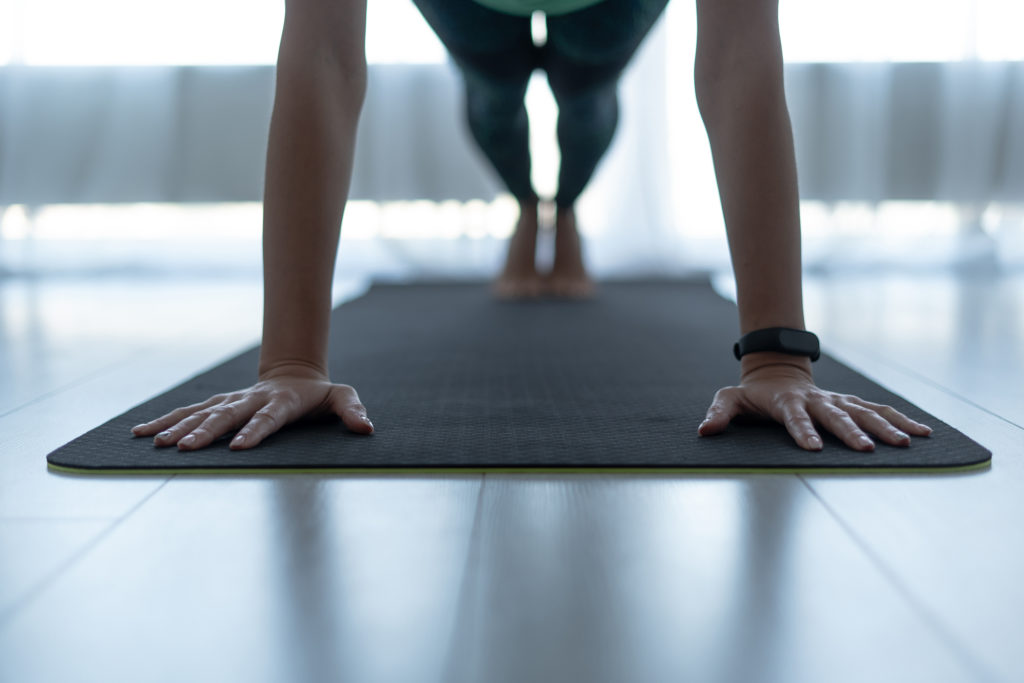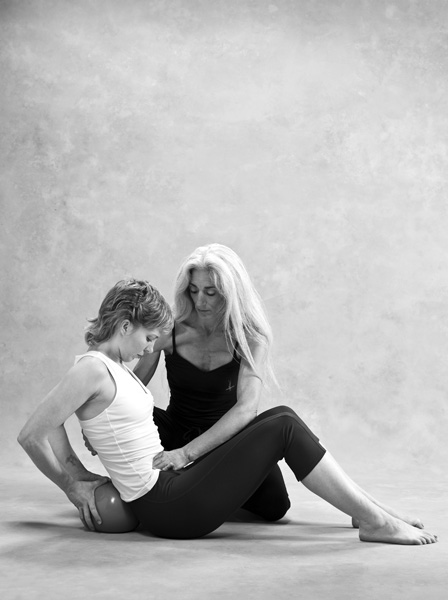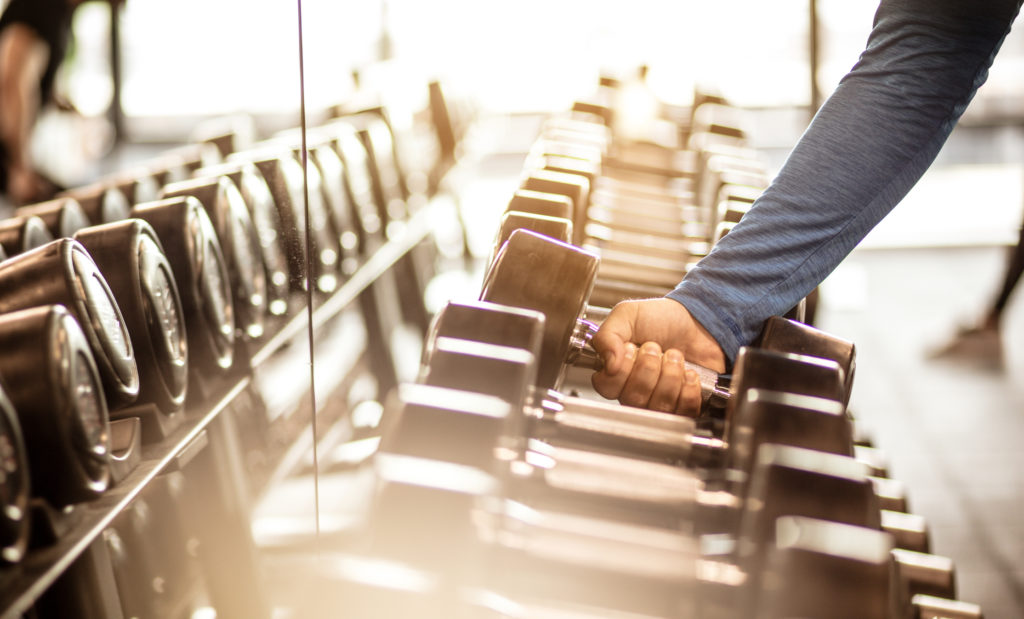
Fitness information can sometimes be confusing and even conflicting.
How do you know if you are doing the right workout for your body?
Are you doing too much or too little of something? Or missing something altogether?
Here is a simple guide to help you maximize your workouts.
This is based on the recommendations from the National Institute for Health (NIH) and some of my own recommendations.
I hope you find this informative and useful.
The four categories recommended by the NIH are cardio, strength, stretch and balance.*
And I like to add posture to the list.
Cardio: Aim for 150 minutes of cardiovascular activity every week. You don’t have to run a marathon. Walking can count. You could walk 30 minutes daily five days a week. Or whatever works for your schedule.
Tip to maximize: If you have knee issues, biking would be a good choice for cardio. That said, if you are concerned about osteoporosis or osteopenia, walking would be a better choice. Biking and swimming won’t benefit bone building.
Strength: Train for strength two days a week and cover the major muscle groups – chest, back, core, arms, and legs. You want the intensity to be enough that after 10-12 repetitions the muscle is fatigued.
Tip to maximize: You can use traditional weights. Or you can use therabands, isometric exercises or practice exercises with your own body weight. As your strength increases, so does the amount of weight or resistance.
Stretching: Although the frequency and duration of sessions are not specified by the NIH, stretching is recommended. Like strengthening, stretching twice weekly and covering all the major muscle groups would be a good guideline.
Tip to maximize: The best time to stretch is at the end of a workout. Your body is already warm and more pliable.
Please note: static stretching before a workout is not always advisable. You want to warmup the body particularly in movements that prepare for what you are about to do. For example, if you are about to play tennis or golf, you would want to do active motions for the shoulders, arms and spine to gently warmup and get some circulation going before playing the sport.
Balance: For older adults concerned about falling, it is recommended to practice balance exercise three or more times a week.
Tip to maximize: A combination of strengthening 90 minutes and walking 60 minutes weekly along with balance 3 or more times weekly has been shown to be an effective program in reducing falls.**
You could certainly walk more than the 60 minutes but I wanted to point out that particular program and combination of activities for those concerned about falls.
Posture: This is not included in the NIH recommendations but it’s one I recommend. Most people are aware of and have some concern about their posture. Between gravity pulling us down, age and devices that round people forward, posture is something to be mindful of.
Ron Fletcher taught that the spine is the core (like the core of an apple and the head the stem at the top).
And Joseph Pilates would say, “You are as young as your spine.”
I like to suggest doing something daily for your posture.
Tip to maximize:
- Stretch your pecs.
- Strengthen the upper back.
- And extend your spine (as long as there is not a condition that is contraindicated).
You could get this done in a minute. Simply stretch you pecs in a doorframe for 20-30 seconds. Squeeze your shoulder blades together (hold for a few seconds) repeat 10 times. And lift your chest to the ceiling 5-10x.
Hope this “body audit” is helpful to you. One of the many benefits of Pilates is that it already incorporates a lot of these elements – strengthening, stretching, balance, posture and even cardio. Start wherever you are and build up from there.
If you have any questions, please feel free to reach out.
Wishing you continued good health and joy!
Warmly,
Shannon
*https://health.gov/sites/default/files/2019-09/paguide.pdf
**https://health.gov/sites/default/files/2019-09/paguide.pdf p. 31 -32




